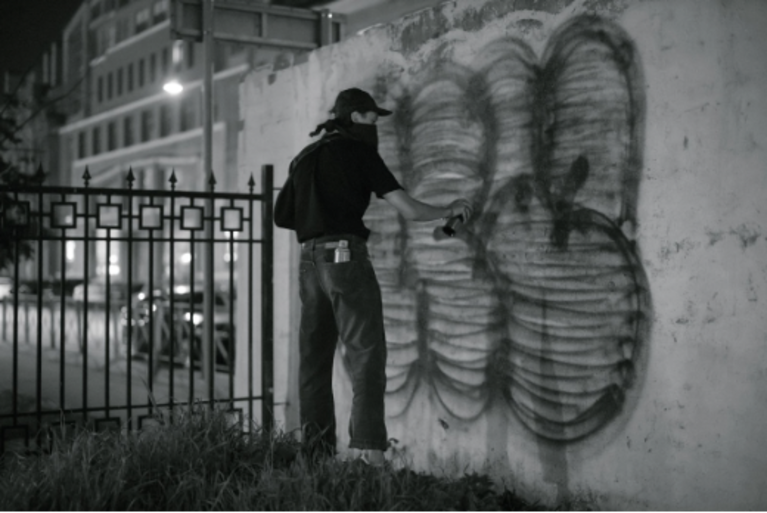Filipino Catholics across the Archdiocese of Newark are set to celebrate the Philippines' Sto. Niño festival.
Sto. Niño Festival at Archdiocese of Newark
According to the article from the Jersey Catholic, the celebration of Sto. Niño festival of the Archdiocese of Newark is scheduled for Sunday, Jan. 15.
It will take place in ten different parishes throughout the Archdiocese of Newark.
- Our Lady of Mercy in Jersey City at 12 noon
- St. Theresa in Kenilworth at 12 noon
- St. Aloysius in Jersey City at 1 p.m.
- St. Joseph in Lodi at 1 p.m.
- Divine Mercy in Rahway at 3 p.m.
- St. Anthony in Belleville at 3 p.m.
- St. Henry in Bayonne at 3 p.m.
On Jan. 14, at 5:30 p.m., St. John the Evangelist in Bergenfield will celebrate Santo Niño. Moreover, St. Valentine in Bloomfield will begin with Novena on Jan. 14 and celebrate on Jan. 22 at 1:30 p.m.
On Jan. 29 at 3 p.m., St. Michael the Archangel Church in Union will also hold a celebration.
Moreover, the director of the Filipino Apostolate for the Archdiocese of Newark, Fr. JM Manolo Punzalan, said that the Sinulog dances are among the most distinctive parts of the event.
The dance known as Sinulog is performed by taking two steps forward and one step back while swaying to the characteristic rhythm of drums.
On the day of the festival, the faithful will process in, and many of them will bring their very own statue of the child Jesus to the altar so it might be blessed.
According to Fr. Manolo, local parishes within the Archdiocese of Newark have been celebrating the lively celebration for over half a century.
Over the past half-century, local Filipinos have made the Archdiocese of Manila the location of their annual Santo Niño festival celebrations.
Sto. Niño Festival
As mentioned, the Sto. Niño Festival is the largest festival in the Philippines, commemorating the country's adoption of Christianity.
Every year, millions of people in the Philippines gather together to participate in the event, which is conducted following customs on the third Sunday of January.
Accordingly, the devotion to Sto. Niño de Cebu, also known as the Holy Child of Cebu, dates back to the 16th century.
This was the time when Ferdinand Magellan landed on the shores of Cebu and presented an image of the Child Jesus to Rajah Humabon, the ruler of the island.
The event marked the beginning of the native people's conversion to Catholicism.
Today, Sto. Niño de Cebu is revered as the patron saint of Cebu.
This encounter of Magellan delivering Santo Niño to the Philippines is reenacted in a well-known dance called Sinulog, which translates to 'like water flowing movement.'
In the Philippines, the Sinulog Festival in Cebu has developed into a custom that lasts for an entire month due to the evolution of the celebration.
Nevertheless, the Sinulog Grand Parade, which took place on Jan. 15, was the event that everyone looked forward to the most.
As the festival gained more and more notoriety year after year, more tourists became interested in attending.
The celebration today includes a variety of competitions in addition to traditional costumes and dances.
Those competitions include art shows, beauty pageants, picture competitions, singing competitions, and dance competitions.
Various activities, including concerts, cultural performances, a fireworks display, fun runs, and street fairs, are also held during the festival, and participants are welcome to participate.
More from Crossmap: Queen of Peace Church lights up for first time during its re-dedication ceremony





